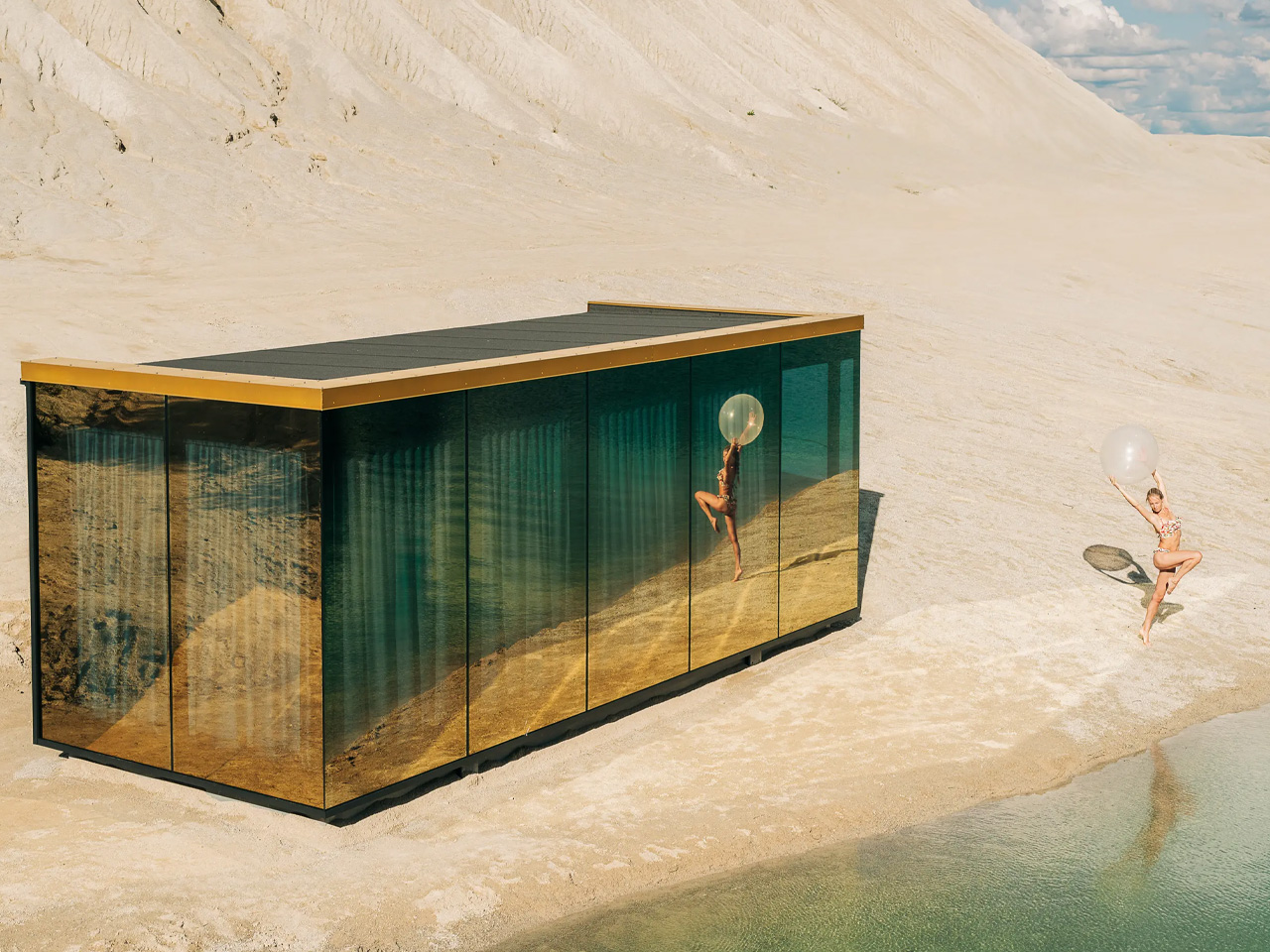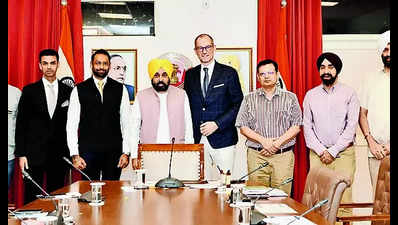PARIS — Maybe Bronny wasn’t available. LeBron James will handle it instead, the male flagbearer for the U.S.
Olympic team as it floats on a barge down the River Seine in the athletes’ parade ahead of Friday’s opening ceremony at the Paris Games. He and tennis star Coco Gauff were selected for the prestigious honor by their fellow athletes. “Super appreciative and super humbled by it,” James said.

You can’t blame him. You’re handed the flag for opening ceremony at an Olympics, you take it and wave the stars and bars proudly. Blame the process then.
Blame their fellow athletes. It’s a poor choice. Gracious, yes.
Successful, yes. Representative of the majority of fellow Olympians standing behind him on the barge? No. They’re all wearing the same red, white and blue gear.
The similarities pretty much end there. The Olympics are not basketball’s pinnacle to American players and public, not in the same way they are for fencers, kayakers, archers and the thousands of athletes who toil in anonymity (and, sadly, poverty) for three years and 50 weeks, awaiting their 17-day sliver of sunshine. The NBA regular season and playoffs are more important.
The NCAA Tournament even is. James was so committed to the Olympic movement that he, along with several other marquee players, skipped the 2016 and 2020 Summer Games purportedly “to rest his body” for the upcoming NBA season — although it might not be a coincidence that the specter of street crime and the Zika virus in Rio de Janeiro and strict pandemic lockdowns in Tokyo deterred shopping opportunities for their families. But Paris and the Champs-Elysees? He’s in.
They’re all in. Wait, the group games are in Lille, 130 miles north? The team is staying and practicing in Paris anyway, and not with the rest of the athletes in the Olympic village and its cardboard single beds but in a five-star luxury hotel. They’ll bus to Lille the night before games, then bus back to Paris and the Michelin-star restaurants.
Katie Ledecky, she of seven gold medals, is staying in the village and eating in the dining hall. Gymnast Simone Biles, the most famous female athlete here, is. Spanish tennis star Carlos Alcaraz, fresh off French Open and Wimbledon titles, is.
It hasn’t always been like this. The U.S.
flagbearer hasn’t always been this disconnected from the Olympic reality. In 2012, it was Mariel Zagunis, a fencer. In 2008, it was Lopez Lomong, a middle-distance runner who was born in South Sudan during its bloody civil war, kidnapped at age 6, presumed dead, escaped, walked for three days to cross the border to Kenya, spent 10 years in a refugee camp and ultimately was granted political asylum in the United States.
In 2000, it was Cliff Meidl, a flatwater kayaker. When he was 20, he was working construction in Los Angeles and jackhammered a slab of concrete that had three unmarked power lines buried beneath. The 4,160 volts of electricity exploded through the back of his head, shoulder, both kneecaps and two toes.
One-third of each knee joint disintegrated. His heart stopped, once immediately and twice more in the ambulance. He had 10 surgeries.
Doctors nearly amputated both legs. Part of his rehab was kayaking because he didn’t need his legs for propulsion. Fourteen years later, he was paddling in an Olympics — one of those heartwarming, inspiration stories that define the interlocking rings.
The last time the Olympics were in Paris, it was an Irish-born shot putter who worked as a New York City traffic cop in Times Square. In the Winter Games, there have been overachieving underappreciated flagbearers from luge, bobsled, biathlon, Nordic combined, even curling. More recently, though, it is trending toward a high school student body election.
A popularity contest. Swimmer Michael Phelps, the most decorated Olympian of all time, was picked in 2016 ..
. despite a pair of recent DUIs. But at least he qualified on his own, surviving merciless U.
S. Olympic trials where only the top two finishers in each event make the team. James did not.
He and nine of his Paris teammates couldn’t be bothered to play in the FIBA World Cup late last summer in the Philippines, where an imposter team finished fourth and grabbed the second (of two) automatic qualifying spots from the Americas behind Canada. And he wasn’t really “selected” for the Olympic roster, as athletes in other team sports are (and soccer legend Alex Morgan wasn’t for these Games). Months before USA Basketball announced its 12 players, James announced to the world he planned to grace Paris with his presence and he was actively recruiting teammates.
This is the same guy who, according to a story by respected NBA insider Adrian Wojnarowski when he worked for Yahoo Sports, was nearly dumped from the 2008 Olympic team “based on fears his monumental talents weren’t worth the daily grind of dealing with him.” A guy who played the nepotism card to such an extent that his agent, according to multiple reports, threatened teams not to draft his son, Bronny, so the Lakers could take a guy who couldn’t start on the ninth-place team in the Pac-12 at No. 55, immediately sign him to a four-year, $7.
9 million guaranteed contract and then watch him go 3-for-23 on 3s in the NBA Summer League. A guy still going strong at age 39 in a league with a drug testing program, like all pro sports in the United States, that doesn’t meet Olympic standards. Federal investigators alleged his business manager and wife’s personal trainer received banned performance-enhancing substances from Biogenesis, the Florida anti-aging clinic that helped numerous pro athletes dope.
James was never directly implicated with receiving any Biogenesis drugs. But ex-UFC fighter Chael Sonnen has since accused him of obtaining erythropoietin, a banned endurance-boosting substance, saying “we use the same drug guy to buy our EPO.” James is a worthy athlete, no doubt about that.
He has won four NBA championships with three different teams and four MVP awards. These are his fourth Olympics, and he has two gold medals. He’s on a short list of the greatest basketball players of all time.
And he’s been a pillar of the community, opening a school in Ohio for disadvantaged children, donating generously to numerous causes and receiving the NBA’s J. Walter Kennedy Citizenship Award in 2017. Now he adds Olympic flagbearer to the resume, to the legacy.
You can make the argument that all 592 U.S. athletes here deserve to proudly wave the flag on the barge floating down the Seine.
It’s just that 580 of them probably deserve it more..


















